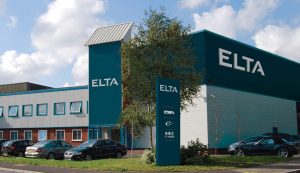During Colvid the cars were not used much, but the car still contacts Jaguar and runs things even when switched off, so the battery slowly discharges.
I found some completely flat batteries when moving house, and tried to recharge them, one failed, but around three recovered, but the smart battery charger will not charge a battery under around 7 volt as it assumes it's a 6 volt battery, and at around 15 volt it auto turns off, as it assumes the battery is disconnected, so only way to charge a completely flat battery is to connect it in parallel to a good battery.
This allows the charger to work, and since interested I plugged the charger into an energy monitor so I could see what happened over time.
So to start with the charger toped up the good battery, then turned the charge rate down to zero, with a few blips, when the good battery had slightly self discharged, but the discharged battery seemingly was doing nothing, this went on for around 10 days, then as if a switch had been flicked, the battery charged and the energy monitor showed it had accepted around it's full AH capacity. This was then repeated with other batteries found, so not a one off.
The point of the story is it takes a long time for a sulphated battery to recover, and the same applies to a part sulphated battery, so every so often I will put the smart charger on the cars battery to remove the build up of sulphur on the plates for around a week, once a vehicle battery has been discharged, the alternator is simply not running for long enough to fully recharge it in most cases, we would need to be doing some silly mileage to have the engine running for that long.
The Jag is easy, if battery fully charged the engine stops at junctions, if it does not stop at junctions, I know it needs a charge, the other cars I normally do after doing the Jag, often only leave on charge a day or two, not the full 10 days, but since retiring I simply don't use the cars enough to keep them charged.
As to selling names, and parts of a company, yes some parts of the British Leyland Group were bought and the name continues, but only the name, I have a bottle of Lucas upper cylinder lubricant made in the USA by Lucas oil products inc. Clearly not the Joseph Lucas we all knew those years ago. The Lucas trademark is currently owned by ZF Friedrichshafen. It though it's life changed with links with CAV and Bosch and combined and split many times, so hard to now work out what bits are what.
But we are talking about the name, not the product, and my updates to my Lucas work shop manual and data manual stopped years ago in spite saying it had a live time update system.



